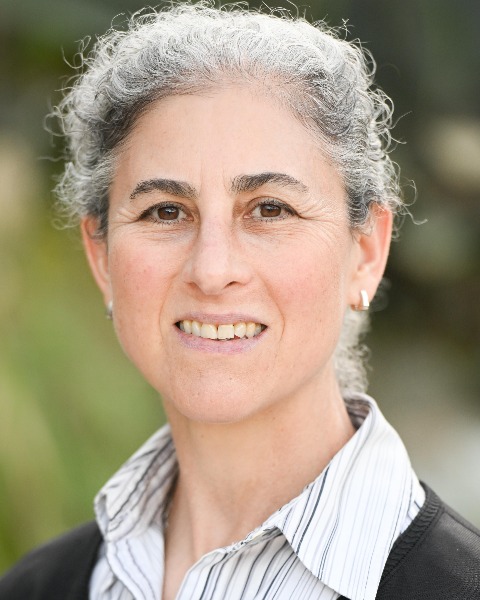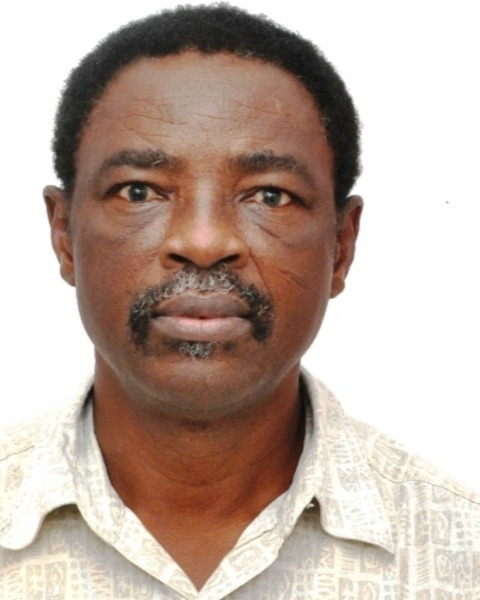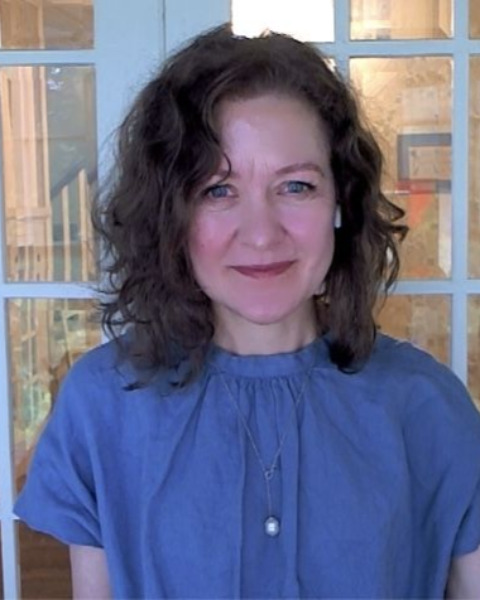Organizational Learning & Evaluation Capacity Building
Centering partners in assessment: Using storytelling to understand organizational and network capacity strengthening
-

Carlisle Levine, PhD (she/her/hers)
President & CEO
BLE Solutions
Arlington, Virginia, United States -

Hippolyt Pul, PhD (he/him/his)
Executive Leader
Institute for Peace and Development
Tamale, Northern, Ghana -
TA
Toyin Akpan, PhD
Director
Auricle Services
Lagos, Nigeria -

Rhonda Schlangen, MA (she/her/hers)
Learning and Evaluation Consultant
Rhonda Schlangen Consulting, LLC
West Pawlet, Vermont, United States -
JK
Jeff Krentel, MA
Senior Officer, Learning and Evaluation
Conrad N. Hilton Foundation, California, United States
Presenter(s)
Facilitator(s)
Presenter(s)
Facilitator(s)
Presenter(s)
Location: Room 204
Abstract Information: Storytelling can be a compelling, partner-centered approach to understand organizational and network capacity strengthening–how it is taking place and with what effect. It can contribute to shifting power from donors to their partners by asking evaluators to accompany partners in a process of identifying and interpreting what meaningful growth looks like in their contexts. It is well-suited for helping partners reflect on their organizational or network strengthening journey, as well as amplify their work at local, regional, and global levels. We began embracing a storytelling approach by asking ourselves: What if we set aside our carefully designed capacity assessment tools and listened to what organization and network members had to say about themselves? What if we sought to understand changes in organizational and network capacity strengthening from the perspectives of organization and network members? What if our starting point was their perceptions of their strengths and areas they hoped to improve? During this session, we will describe our storytelling approach to organizational and network capacity exploration, the benefits we have gained from it, the challenges we have faced in designing and using it, and how we have addressed our challenges. Most importantly, we will discuss how we know that this part of our journey toward more equitable evaluation is better serving partner organizations and networks, by helping partners, donors and us have a better understanding of organizations’ and networks’ capacities.
Relevance Statement: Traditionally, evaluators have used predefined and often research-based and well-tested capacity assessment tools to assess organizations’ and networks’ capacities. When used well, these can give organizations and networks insights into what capacities they need to have in place to function well, be sustainable, and achieve their goals. At the same time, they judge organizations and networks against outsiders’ and, frequently, Western standards. Using these tools, organizations and networks can feel that they are being measured against someone else’s yardstick and that the people doing the measuring will inevitably find them wanting. These concerns fit into broader concerns about power, colonialism, patriarchy and racism. Who defines what it means for an organization or network to be healthy? Who conducts these assessments? Who interprets the findings? Who owns the findings, and how are the findings used? Asset-focused evaluation and storytelling as a method respond to these concerns by taking organizations’ and networks’ self-perceived strengths and values as a starting point. Asset-focused evaluation seeks to understand the benefits these strengths serve and the progress toward which they are contributing, as well as how they came about and how they might be sustained. As an inductive approach, storytelling creates space for organizations and networks to define their own strengths and areas for further growth. Asset-focused evaluation and storytelling center organizations and networks, their perspectives, and values. In addition, they provide a pathway to shift power from donors to recipients of their funding, by having partners interpret progress and challenges on their growth journey as an organization or network. In this way, evaluators provide the systematic frame to capture the stories, and partners can author how these partnerships have led to change or growth in their own context.
